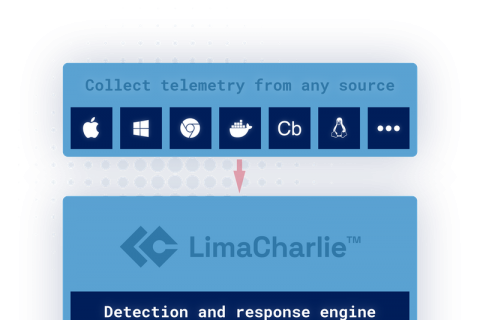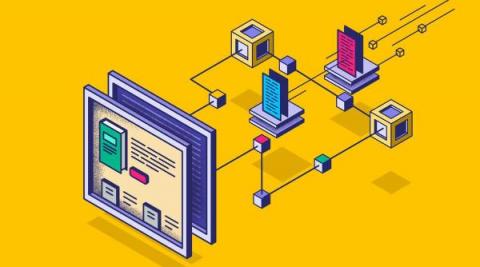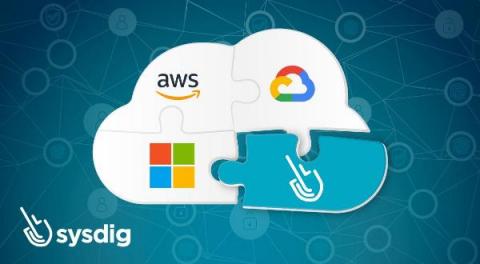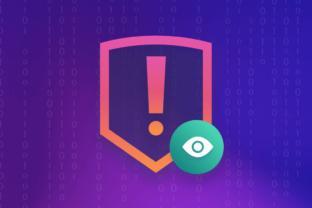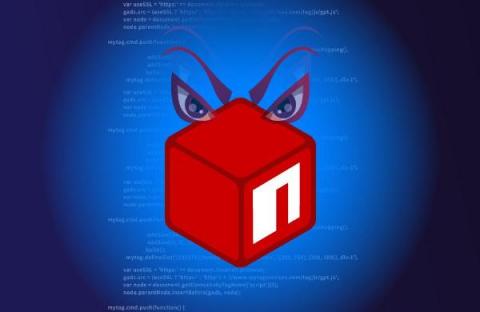Security | Threat Detection | Cyberattacks | DevSecOps | Compliance
Latest News
Cyber Hygiene: What Is it and How to Implement it for Your Business
Collect & Monitor Telemetry From Any Source
LimaCharlie is continuously expanding the list of difficult problems it solves for security, incident response, cloud engineering and DevSecOps teams across a broad range of customers. Along with an advanced EDR, log aggregation, automations engine, software-defined networking, artifact ingestion, and an operational console for security teams, LimaCharlie now offers the ability to bring in external logs and telemetry from any source.
Optimized Security Traffic Mirroring Examples - Part 1
You have to capture everything to investigate security issues thoroughly, right? More often than not, data that at one time was labeled irrelevant and thrown away is found to be the missing piece of the puzzle when investigating a malicious attacker or the source of an information leak. So, you need to capture every network packet.
5 ways to protect critical healthcare infrastructure from cyberattacks
Picture this. You’re an administrator in charge of providing basic amenities and day-to-day needs across 1,000 beds in an urban multispecialty hospital. One fine morning, you notice that all the patients’ bedside monitoring systems (the computer-like devices that display patient vitals like heartbeat and blood pressure) have stopped functioning, leaving doctors and nurses in the dark.
The ultimate guide to Cyber risk management
This blog was written by an independent guest blogger. Ambitious information security experts serve as a critical part of cyber risk management. The corporation is responsible for structuring IT and information security activities to protect its data resources, such as hardware, software, and procedures. To stay competitive, enterprises must design and establish secure environments that retain confidentiality and privacy while also ensuring the integrity of corporate information.
Sysdig Secure - When cloud provider security services are not enough
The benefits of cloud computing are causing the adoption of cloud services by companies of all sizes to increase each year. The reduction of operating costs, time to market, ease of use, and reliability are some of the most significant benefits. However, the shared responsibility model must be taken into consideration. Cloud breaches are already everywhere and it doesn’t look like they’re going to slow down anytime soon.
Fun with ciphers in copycat Wordles
Here at Snyk, we spend a lot of time researching vulnerabilities. We do that because there are a lot of other folks out there researching new ways to break into apps and systems. We’re often putting on our “grey hats” to think like a malicious hacker. I regularly view-source, look at network traffic and eyeball query strings. One such delicious little query string caught my attention this week on one of the many copycat Wordle sites.
What is a Botnet Attack? 5 Ways to Prevent It
A botnet is a cluster of machines that are infected with malware, enabling hackers to control them and unleash a string of attacks. Most commonly, botnets come in the form of distributed denial of service (DDoS) attacks, and recently the Microsoft Azure DDoS Protection team reported a 25% increase in these attacks when compared to the first half of 2021. Recent advances in technology have opened up a world of new opportunities for both consumers and businesses.
A Malicious Package Found Stealing AWS AIM data on npm has Similarities To Capital One Hack
In the latter part of December 2021, WhiteSource Diffend detected the new release of a package called @maui-mf/app-auth. This package used a vector of attack that was similar to the server side request forgery (SSRF) attack against Capital One in 2019, in which a server was tricked into executing commands on behalf of a remote user, thereby enabling the user to treat the server as a proxy for requests and gain access to non-public endpoints.



